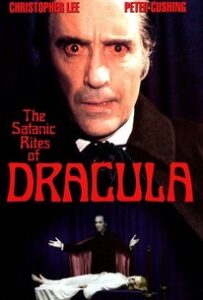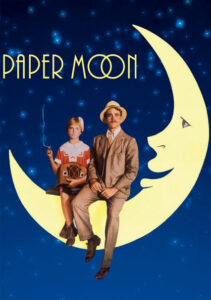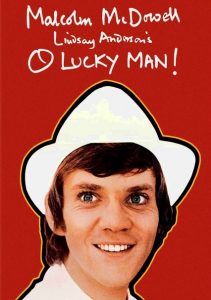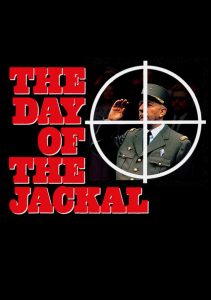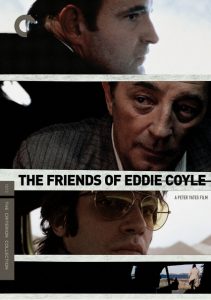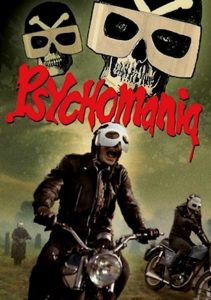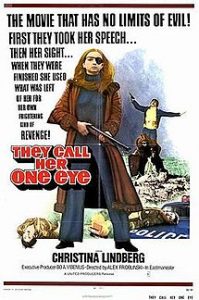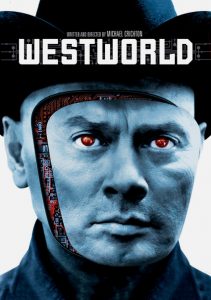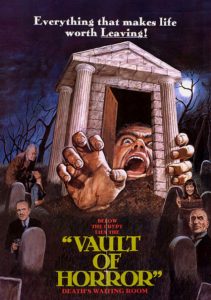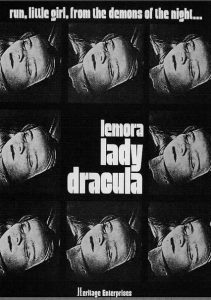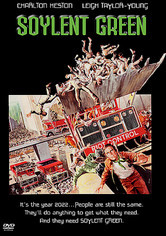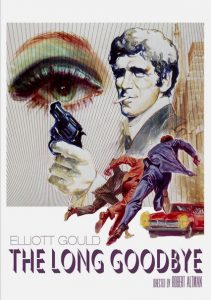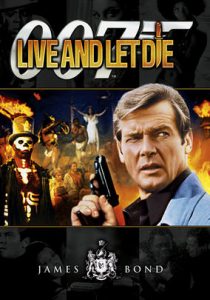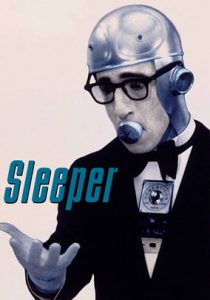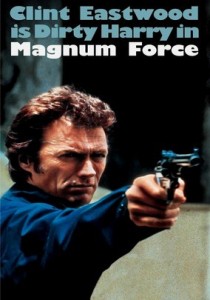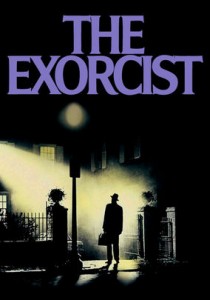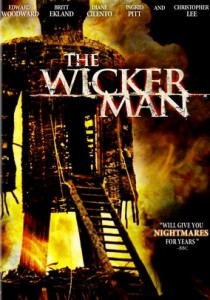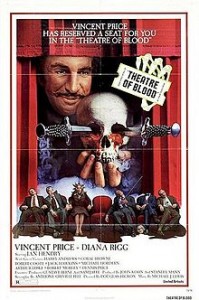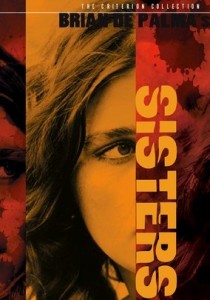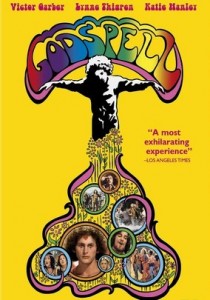The Satanic Rites of Dracula-1973
Director Alan Gibson
Starring Christopher Lee, Peter Cushing, Joanna Lumley
Scott’s Review #1,405
Reviewed October 16, 2023
Grade: B+
The Satanic Rites of Dracula (1973) is the eighth film in the Hammer Horror Dracula series, and the seventh and final one to feature Christopher Lee in the starring role. It also unites legendary horror actor Peter Cushing with Lee for the third time.
So, the territory and storyline are hardly unchartered and a film like this is for a targeted audience.
For those unclear, Hammer Horror films are a series of low-budget British films produced by the London-based company featuring gothic and fantasy-type films.
Their heyday was from the mid-1950s until the 1970s.
The Satanic Rites of Dracula comes at the end of the horror genre reign of terror but is enjoyable nonetheless. It’s redundant in a way because I’ve seen so many of them by now that there’s little intrigue anymore.
It’s not a surprise anymore what’s going to transpire in the film.
I love these films mostly because of the low budget and the creative and sophisticated sets and art design. But the main selling point is the Lee/Cushing pairing.
After a Secret Service agent barely escapes an English country estate where satanic rituals are being held and later dies Van Helsing (Cushing) is asked to investigate.
He seeks the seven hundred-year-old count (Lee), who is dead and living in London with his vampire bride and a breed of other undead women dressed in red robes.
Van Helsing’s granddaughter Jessica played by Joanna Lumley is introduced as well as another Secret Service agent, Murray (Michael Coles).
The team naturally winds up at the English estate where they discover shenanigans led by a female Chinese vampire (Barbara Yu Ling). They grapple with fire and brimstone as they determinedly attempt to take down Dracula once and for all (yeah right!).
The film is silly but in the best of ways. I enjoyed the very beginning and ending most of all. When the Secret Service agent runs down the vast estate driveway amid darkness the mysterious pursuing motorcycle men provide intrigue, and the plot is hatched.
As fans know well the finale will result in a fiery showdown between good and evil and the benevolent Van Helsing destroys the villainous Dracula with a strong stake to the heart.
This technique is used a few times during The Satanic Rites of Dracula and in comic fashion, a stake and hammer always seem to be at the ready.
But the fun is good besting evil after all and delightful is seeing a vampire’s fangs come into view as the unsuspecting victim gasps in shock or shrieks in terror.
By 1973 Cushing and Lee could probably deliver their dialogue in their sleep and the motivation doesn’t seem to be there. Lee barely appears until the final act.
The introduction of Lumley, well-known to Absolutely Fabulous fans is wise and breathes new life into the familiar characters. She brings a Nancy Drew-type appeal especially as she sneaks into the estate basement to investigate peculiar noises.
A hoot for Hammer Horror fans or fans of British horror but it’s not one of the best in the series. Enjoyable mostly for additional tidbits like howling wind, creepy noises, and lavish drapes, furniture, and various set pieces.
The Satanic Rites of Dracula (1973) is a nice watch in October around Halloween.
